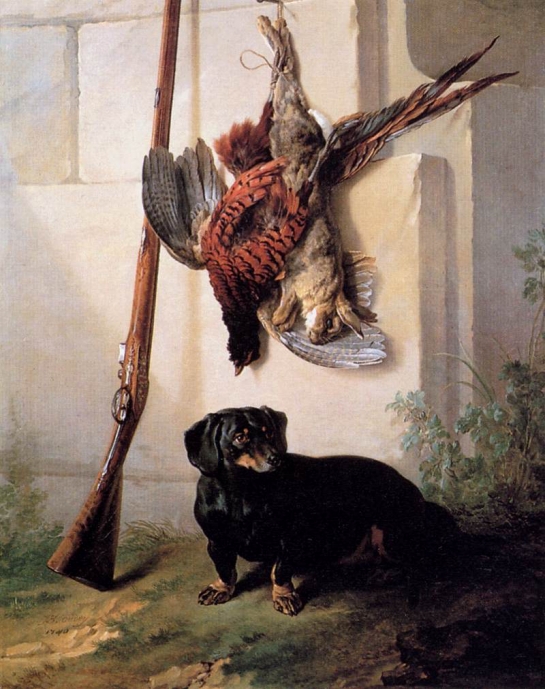How Manet and other artists shoot their paintings

Edouard Manet, Execution of Emperor Maximilian (1867-8)
Have you ever shot your mother? Directors shoot movies and nearly everyone has made a snap-shot with a camera but few imagine that artists shoot paintings. In fact they have shot nearly every canvas with a gun in it since the devilish implements were invented. The Irish poet Seamus Heaney (bless his soul) shot his poems too. The first one he published described his pen as snug as a gun between finger and thumb. Manet's 1867 Execution of Emperor Maximilian (above) is a good example but it is just one of thousands by artists everywhere. Note how the executioners (and a painting is an artist's execution of his idea) are far too close to the Mexicans to be actually shooting them. The French soldiers are painting "Manet" or, rather, Manet's internal image of himself. There are many clues, not just that all three victims share his initial, M, but their legs form an M as well. (You can read more about it at the above link.)

Edouard Manet, The Suicide (1877-81)
Manet himself shot several other paintings as well, including The Suicide (1871) who, lying dead on his bed, is still inexplicably holding the weapon with which he shot himself. It is, of course, a poetic description of the painter shooting (i.e. painting) himself.

Goya, 3rd May, 1808 (1814-15)
Goya's massive painting of the Third May, 1808 on which Manet's Execution is partly based contains similar meaning. The French soldiers, like Manet's, are far too close to their victims for a firing squad. They must therefore be standing, like the artist, close to their "canvas." And the image on that canvas is of the doomed Spanish patriots about to be shot (or, rather, painted.)

In François Desportes' Self-portait as a Huntsman he holds the rifle with which he shot (or painted) the still-life of dead game in the lower right-hand corner. Painting is always still-life. It stills life.

Jean-Baptiste Oudry, Hound with a Gun and Dead Game (1740)
Jean-Baptiste Oudry's still-life, Hound with a Gun (1740), is a similar conception. The dead game are again the "painting" and the gun is Oudry's "brush". The trigger guard, encircling the lever that releases the shot, is formed like an O for Oudry, placing emphasis on the means of execution. Besides painting has long been associated with death: alive while in creation, dead when finished.

Jan Asselyn, The Threatened Swan (before 1652)
A striking and much earlier painting makes the point even more dramatically. Jan Asselyn's Threatened Swan (pre-1652) flies in our face, shot on taking flight by the artist himself who once stood right in front of the painting.
William Turner, Battle of Trafalgar, as Seen from the Mizen Starboard Shrouds of the Victory (1806-08)
Similar meaning is behind a quite different painting, Turner's portrayal of the Battle of Trafalgar. Without recognizing the implication Simon Schama observed that Turner created "an astounding enactment of the chaos of war at sea, using a viewpoint high up in the mizzenmast shrouds, where, although ostensibly on the British man-of-war, the beholder can as easily imagine himself in the roost of the French sharpshooter who kills Nelson.[italics added]" He's right but it's Turner's viewpoint, not the viewer's, and in "shooting" Nelson from the mizzenmast with a rifle, he paints the composition with his brush.

Anon., Cover of The Economist magazine, August 15-21, 2015.
Good graphic designers are naturally in tune with the metaphorocal meanings of paint though, like artists, they only seem to share that knowledge in their images. For instance, an anonymous designer for The Economist magazine used a variation on this visual metaphor when he depicted China's leader with a gun-pen.
Roy Lichtenstein, Hand-loading Gun (1961) Pochoir, brush and india ink. Private Collection.
In the early 1960's Roy Lichtenstein also drew a hand-loading gun for the same purpose. That's clear because the handle and hand, referred to in his title, not only reference the hand that drew the image but form an R for Roy as well.
Gavin Turk, White Pop (2011)
And, in very recent years, Gavin Turk, a British artist who emerged in the 1980's, created a silkscreen of himself appearing to shoot a gun at the viewer. Turk would know that art takes place in the mind of the artist, in the mirror of his mind, so that the surface of virtually all great paintings is that mirror. Turk here shoots and "paints" himself.
The examples are endless and you'll find others under the theme Swords/Weapons as Paintbrushes. So keep in mind, the next time you use your phone to shoot food on your plate, artists shoot paintings too.
Definition: Artists are poets so I use the terms 'artists' or 'art' to mean poetic creators and their works. Illustrators who only depict nature or tell stories are not artists. They merely copy reality or narrate events; they are craftsmen, not artists. Nor would I call the graphic designer who created The Economist cover above an illustrator. He deserves more credit than that.
The EPPH Blog features issues and commentary.

Reader Comments